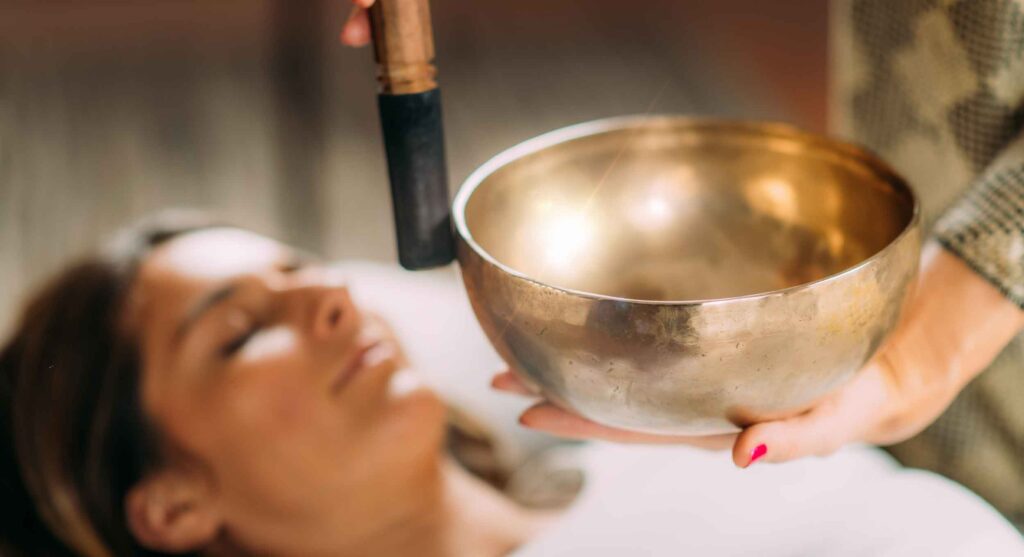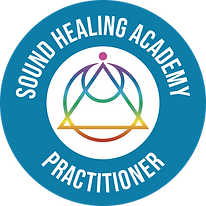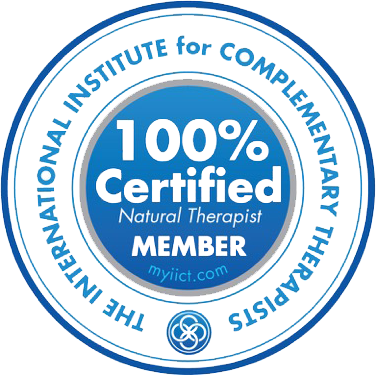Sound healing is an ancient practise experiencing a modern revival. Rooted in traditions from around the world, including Tibetan monks and Indigenous Australians, it combines age-old wisdom with the science of sound’s effects on the body and mind. From the soothing tones of singing bowls to the deep vibrations of gongs, sound healing provides a therapeutic experience that helps restore harmony and balance in our busy lives.
But what is sound healing, and why is it becoming so popular today?
The ancient roots of sound healing
Sound healing has been practised for thousands of years. Tibetan monks have long incorporated singing bowls into their meditation practices to balance mind and body.
In ancient Greece, music therapy was used to relieve stress and improve mental clarity. In Australia, Indigenous Australians have used the didgeridoo for over 40,000 years as a healing tool.
The science behind sound healing
At its core, sound healing is based on the principle that everything in the universe vibrates at a specific frequency, including our bodies. Stress, illness, and negative emotions can disrupt these natural frequencies, leading to imbalance. Sound healing works to restore harmony by using vibrations to encourage physical, emotional, and spiritual alignment.
Modern science supports what ancient cultures have long understood. Research shows sound therapy can influence brainwaves, promoting relaxation and meditation. For example, binaural beats – where two slightly different tones are played in each ear – can reduce anxiety and improve focus (Le Scouarnec et al., 2001).
Instruments used in sound healing
Sound healing involves a range of instruments, each with unique tones and vibrations that contribute to different aspects of wellbeing. Common sound healing instruments include:
- Tibetan singing bowls: These handcrafted bowls produce harmonic tones that calm the nervous system and reduce stress.
- Crystal singing bowls: Made from quartz, these bowls emit pure, high-frequency sounds that align with the body’s energy centres.
- Gongs: Known for their deep vibrations, gongs create rich soundscapes that encourage emotional release and meditative states.
- Tuning forks: Precision tools that target specific frequencies, often used to relieve physical discomfort and balance energy.
- Drums and percussion: Rhythmic drumming grounds participants and induces deep relaxation.
- Chimes: Light, uplifting tones that clear mental fog and refresh the spirit.
- The human voice: Chanting, humming, or toning creates natural vibrations that release emotions and realign energy.
Each instrument plays a unique role in creating a harmonious healing experience. Whether the instruments are used individually or together, they guide participants into a deeply meditative and restorative state, providing many benefits.
What are the benefits of sound healing?
Sound healing provides numerous physical, emotional, mental and spiritual benefits, such as:
- Reducing stress: Calming vibrations lower cortisol levels and activate the relaxation response.
- Improving sleep: Deep relaxation encourages restorative sleep cycles.
- Relieving pain: Studies show sound therapy can reduce pain and improve quality of life (Lee et al., 2016).
- Encouraging emotional release: Participants often experience clarity, inner peace, and emotional balance.
- Enhancing meditation: Sound frequencies guide the brain into meditative states, improving focus and mindfulness.
Is sound healing right for you?
Sound healing is a gentle, accessible practice suitable for almost everyone. Whether you’re exploring it as a complementary therapy or simply looking for a way to relax, sound healing provides many benefits. When combined with practices like yoga or mindfulness, it can deepen your connection to yourself and improve your wellbeing even further.
How to experience sound healing in Sydney
If you’re in Sydney, there are many ways to explore sound healing with SoundFlow. One of the most popular options to experience sound healing for the first time is attending a group sound bath. Group sound baths are designed to create a meditative state, allowing the body and mind to unwind completely. You lie comfortably in a room with other participants and relax while being immersed in the sounds of instruments like gongs, chimes, and singing bowls. Check out some of SoundFlow’s group sound bath events in Sydney here. Alternatively reach out to us to enquire about a private group sound bath for your friends, workplace or as a unique way to mark a special event!
For a more personalised experience, you could try a one-on-one session. Your sound therapist can tailor your sound healing experience to your specific needs, such as relieving stress, improving sleep, or releasing emotional blockages. If you’re in Sydney and would like to learn how sound healing could benefit you, you can get in touch here.
Frequently asked questions about sound healing
What is sound healing?
Sound healing is a therapeutic practice that uses vibrations and sound frequencies to restore balance and harmony in the body and mind. Instruments such as singing bowls, gongs, and tuning forks are commonly used to create these healing vibrations.
How does sound healing work?
Sound healing works on the principle that everything, including the human body, vibrates at specific frequencies. Stress, illness, or negative emotions can disrupt these frequencies. Sound healing restores balance by using vibrations to realign the body’s natural frequencies.
What are the benefits of sound healing?
Sound healing offers a range of benefits, including stress reduction, improved sleep, pain relief, enhanced meditation, and emotional release. Many participants report feeling deeply relaxed and rejuvenated after a session.
Is there scientific evidence for sound healing?
Yes, research supports the benefits of sound healing. For example, studies on binaural beats have shown that they can reduce anxiety and improve focus. Vibroacoustic therapy has also demonstrated effectiveness in managing pain and other symptoms.
Who can benefit from sound healing?
Sound healing is suitable for almost everyone, regardless of age or fitness level. It’s especially beneficial for those looking to reduce stress, improve their mental health, or deepen their meditation practice.
References
Le Scouarnec, R. P., et al. (2001). “Use of binaural beat tapes for treatment of anxiety: A pilot study.” The Journal of Alternative and Complementary Medicine, 7(2), 175-180.
Lee, A. K., et al. (2016). “Vibroacoustic therapy for chronic pain and symptoms of fibromyalgia.” Pain Research and Management, 2016, 1-9.









